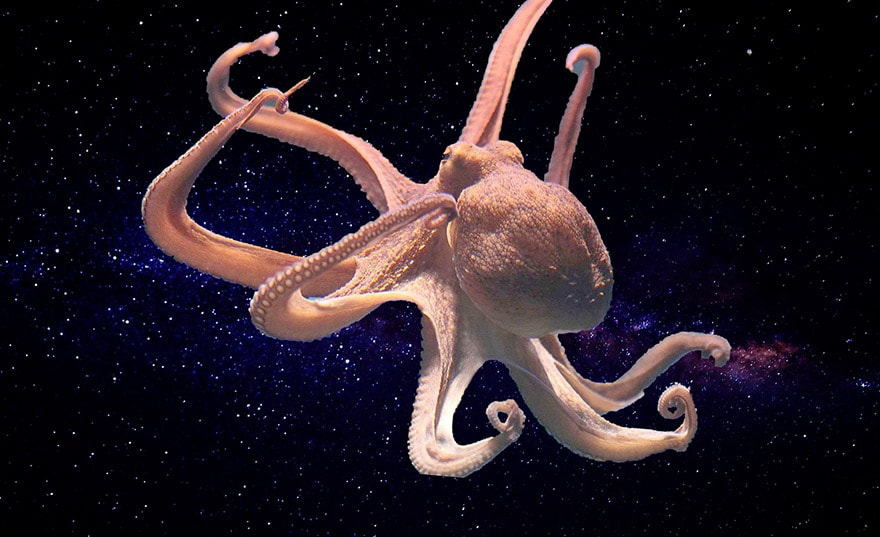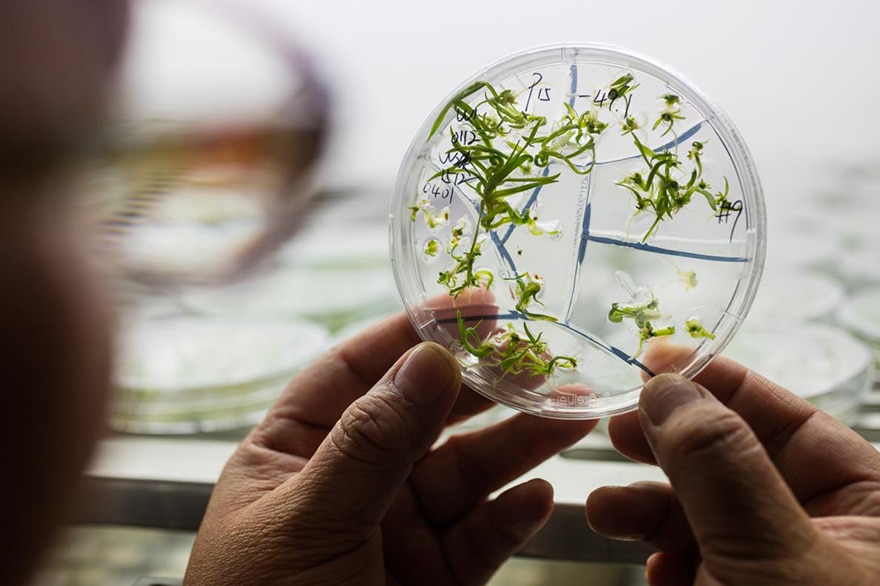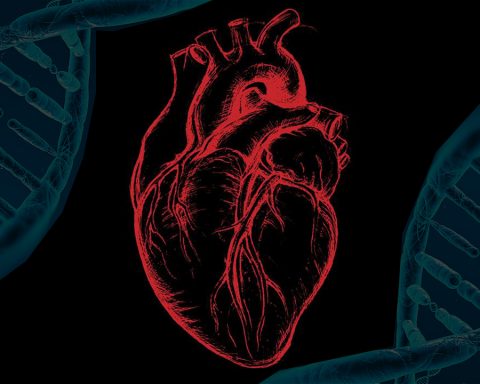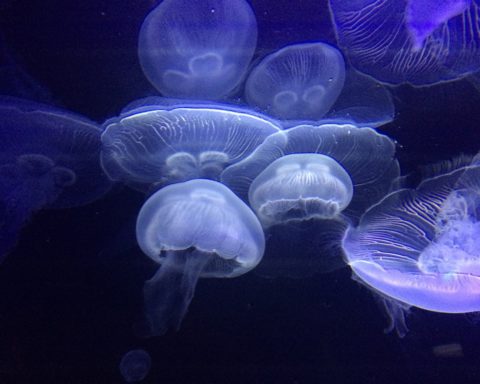From Darwin to cosmic life
Panspermia
Viruses and retroviruses
The octopus, an alien?
Is the reign of earthly life shaped by the cosmos?
Cosmic pandemics
READ UP : Are we prepared for a major pandemic? Nothing is less certain.

Anything to add? Say it as a comment.













Intéressant dance et révolutionnaire il et possible que des micros organismes et était transporté sur terre mais de la a dire que toute vie sur terre viendrait de l’espace celà et entièrement faux il ne faut pas oublier que notre planète possède sont propre biotope unique aux monde lui permettant de créer la vie avec une richesse génétique propre il ne faut pas perdre de vue que la terre et unique aux niveaux de sont processus de développement et nul ne connais le secret de l’origine de la vie même si des scientifiques ont calculé que la formule mathématique de… Read more "